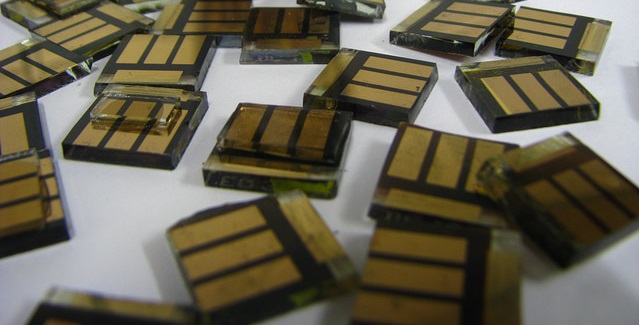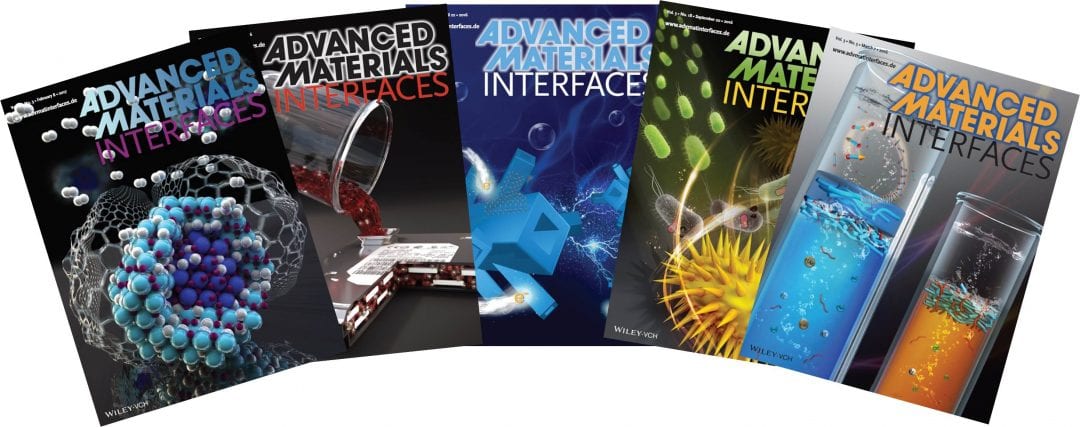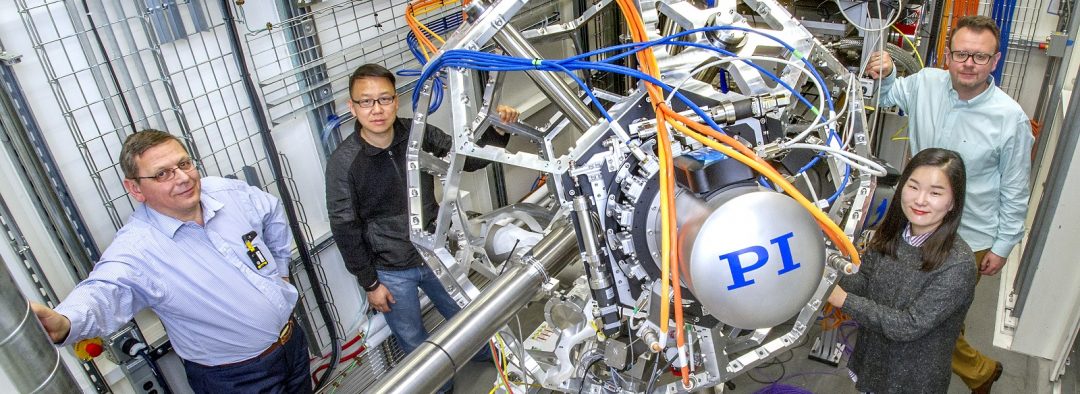Perovskite structures suffer from moisture and thermal stability issues which prevent their commercial use. This promising solution using organic cations leads to a record high PCE for 2D perovskite devices.


Perovskite structures suffer from moisture and thermal stability issues which prevent their commercial use. This promising solution using organic cations leads to a record high PCE for 2D perovskite devices.

Topical reviews from the Advanced Materials Interfaces Hall of Fame series are among the most popular articles on offer to our readership – and they’re free to read for a limited time.

A near perfect energy conversion efficiency can be achieved in a solar vapor generation process.

Guest-edited by Yunhui Huang, the special issue “110th Anniversary of Tongji University” in Advanced Materials celebrates the long tradition of Tongji University and some of its top materials scientists.
![3D Microflower Cathode Promotes Oxygen Diffusion in Lithium–Oxygen Batteries [Video]](https://www.advancedsciencenews.com/wp-content/uploads/2018/04/aenm201800089_ASN_image.png)
Dr. Mingsen Zheng, Prof. Quanfeng Dong, and co-workers from Xiamen University design a plant-inspired, high-performance cobalt sulfide–porous carbon foil (PCF) electrode for lithium–air (Li–O2) batteries.

Scientists show that single nickel atoms are an efficient, cost-effective catalyst for converting carbon dioxide into useful chemicals.

A team of Korean researchers established an energy efficient dry reforming process using a rotating arc plasma to produce synthesis gas.
![Moisture-Resistant Perovskite Solar Cells Based on Low-Cost Dye [Video]](https://www.advancedsciencenews.com/wp-content/uploads/2018/04/aenm201703007_ASN_image.jpg)
Dopant-free, moisture-resistant hole-transport materials (HTMs) for perovskite solar cells based on derivatives of the dye anthanthrone (ANT) are developed by Sagar M. Jain from Swansea University Bay Campus, Prashant Sonar from Queensland University of Technology, and co-workers.

A recent special issue of Advanced Materials, issue 45 in 2017, was dedicated to highlighting nature-inspired surface and materials research at Beihang University in Beijing, China.

The important role of surface-bound hydroxy groups of vanadium catalysts under reaction conditions by employing in situ DRIFTS experiments and DFT calculations is elucidated.